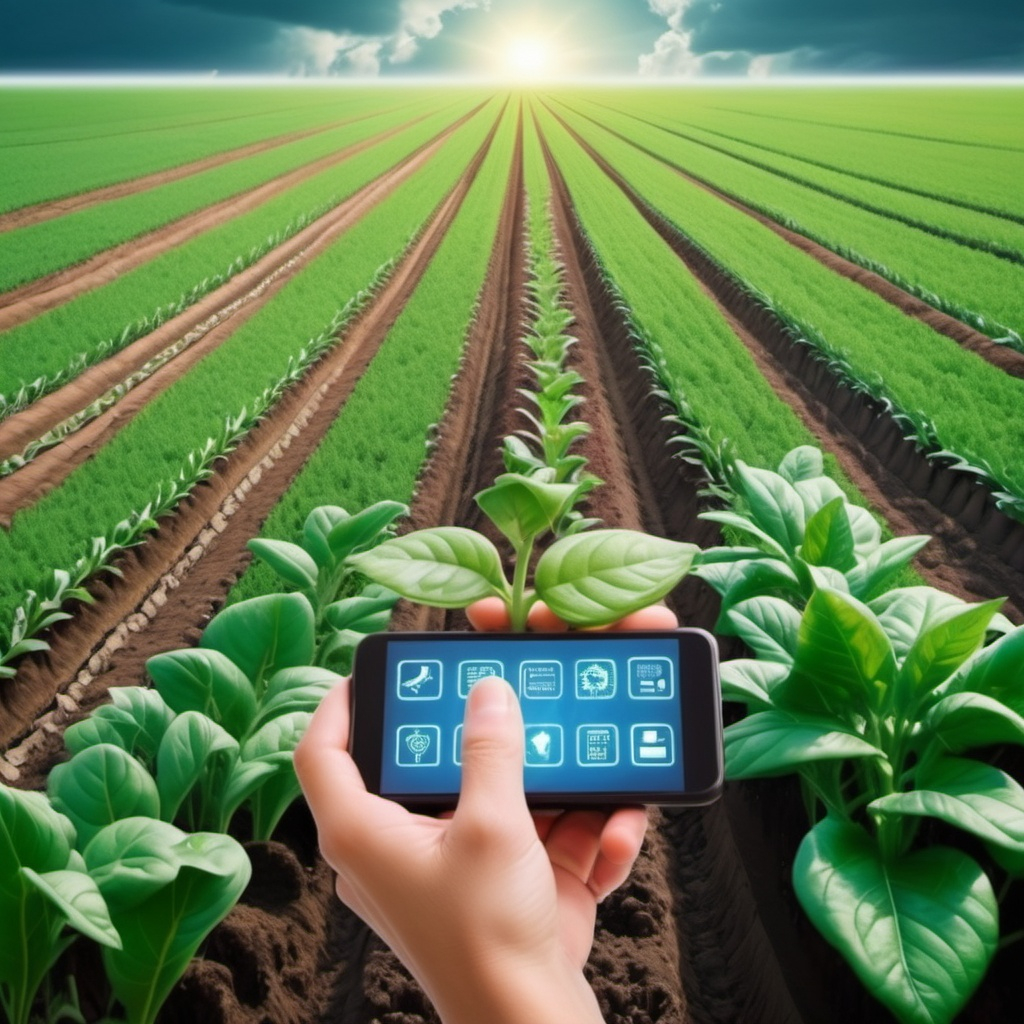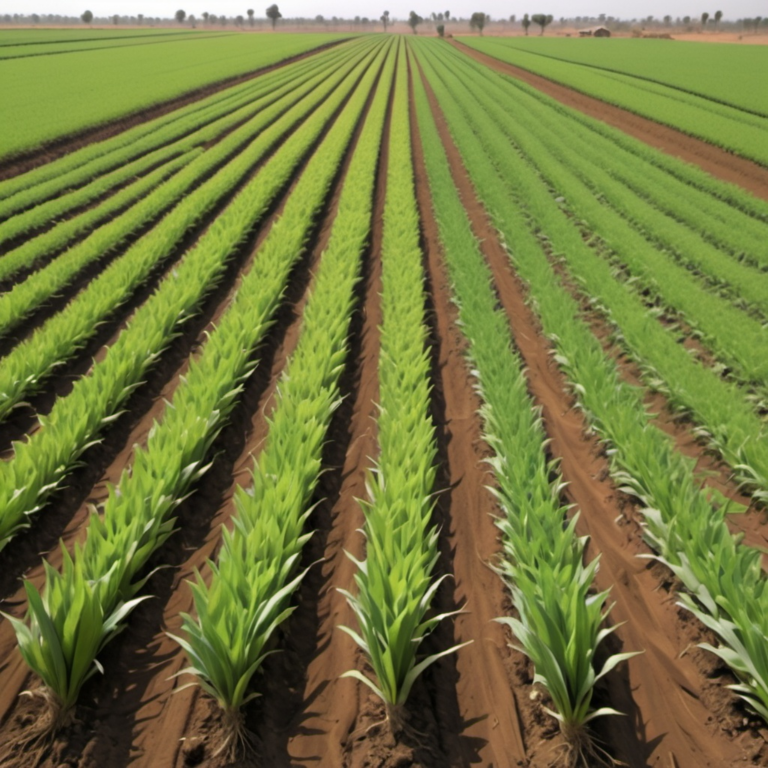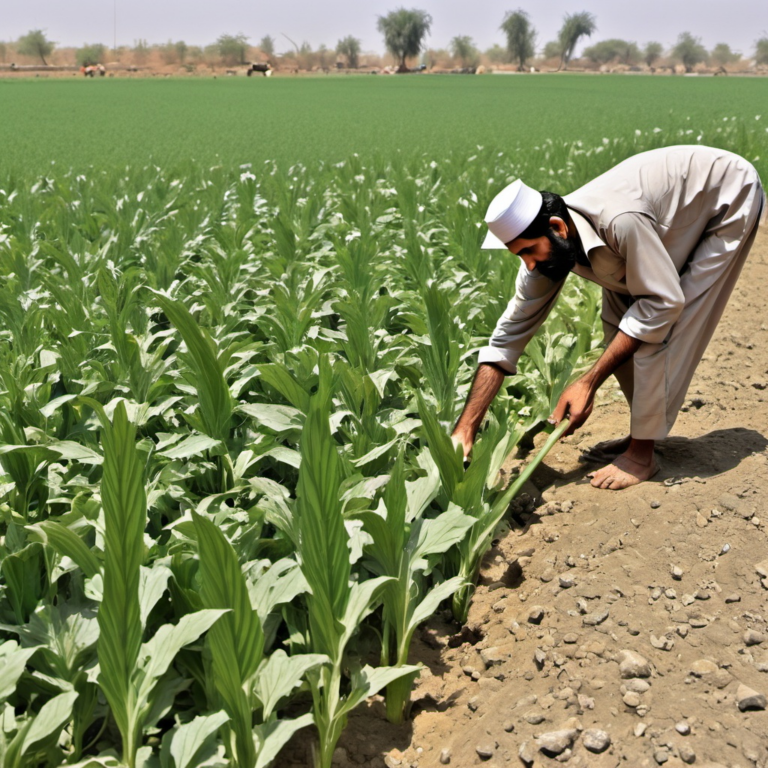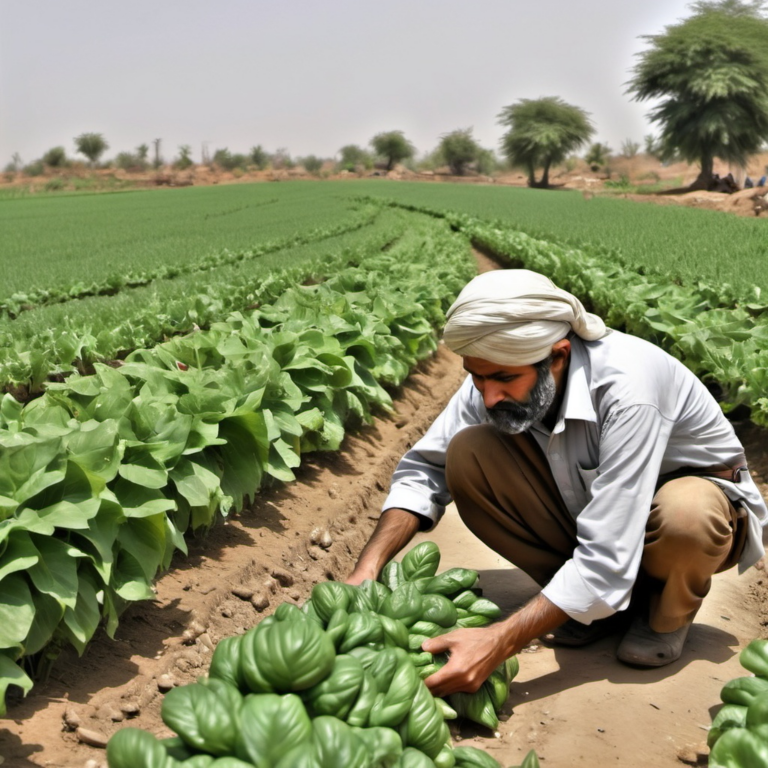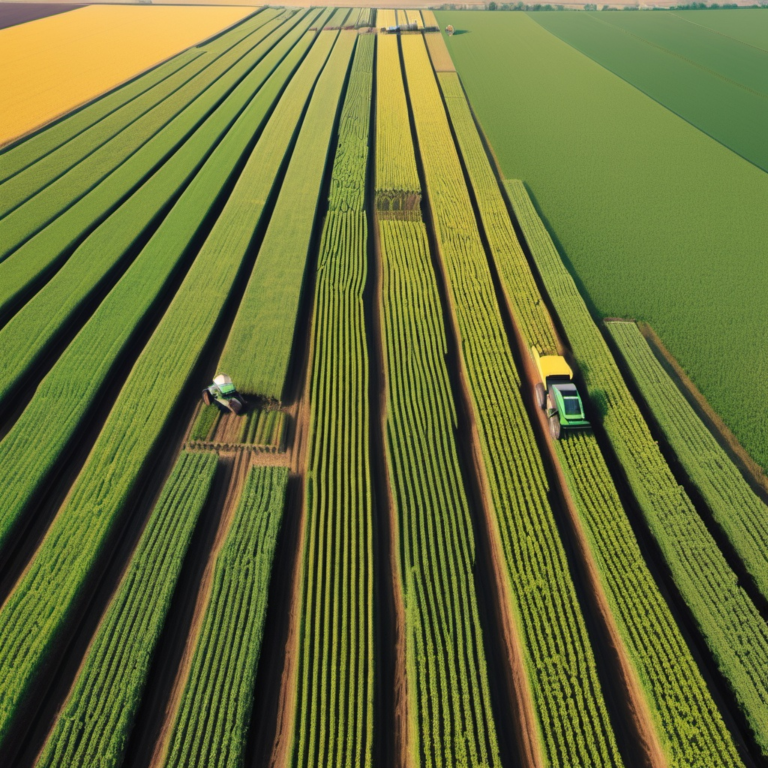The Role of Digital Agriculture in Enhancing Sustainability in Farming
In today’s rapidly evolving world, agriculture is experiencing a transformation through the integration of digital technologies. Digital agriculture, often referred to as smart farming, leverages data-driven insights, automation, and connectivity to optimize farming practices. This transformation not only boosts productivity but also plays a crucial role in promoting sustainability. As the global demand for food rises, driven by population growth and climate challenges, adopting sustainable practices is imperative to meet these needs without depleting resources or harming the environment.
Data-Driven Decision Making
One of the core components of digital agriculture is the use of data analytics to guide farming decisions. Farmers today have access to precise information about soil health, weather conditions, crop growth stages, and pest infestations through satellite imagery, drones, and sensors embedded in fields. By analyzing this data, farmers can optimize inputs like water, fertilizers, and pesticides, ensuring that crops receive only what they need. This approach reduces waste, minimizes environmental impact, and enhances yield. For example, soil sensors can detect when crops need water, preventing over-irrigation and reducing water consumption, a key step toward sustainable water management.
Precision Agriculture for Resource Efficiency
Precision agriculture, a subset of digital farming, allows farmers to apply resources with pinpoint accuracy. Through the use of GPS-guided machinery, farmers can map their fields and apply seeds, water, and fertilizers with precision. This targeted approach not only increases crop yields but also reduces the amount of chemicals and water used, preventing nutrient runoff that can pollute water bodies. Moreover, precision agriculture promotes soil health by avoiding over-tillage, which can degrade soil quality over time. By conserving essential resources, this method supports long-term sustainability, ensuring that future generations can continue to cultivate the land.
Climate-Smart Farming
As climate change increasingly impacts agriculture, digital technologies can help farmers adapt to unpredictable weather patterns and extreme conditions. Climate-smart farming practices include using digital tools to monitor temperature changes, forecast extreme weather events, and predict the best planting and harvesting times. Such tools enable farmers to adapt quickly and reduce crop losses. Furthermore, digital platforms allow for real-time monitoring of carbon emissions, helping farmers minimize their carbon footprint by adjusting practices such as tilling, fertilization, and energy consumption.
Reducing Post-Harvest Losses
In many parts of the world, a significant portion of agricultural production is lost between harvest and market. Digital agriculture can help reduce post-harvest losses through better supply chain management. IoT (Internet of Things) sensors and blockchain technology allow for the tracking of produce from field to table, ensuring optimal storage conditions and reducing spoilage. Additionally, mobile applications can connect farmers to markets directly, shortening the supply chain and reducing the time produce spends in transit, further minimizing loss and food waste.
Empowering Farmers through Digital Platforms
Digital agriculture empowers farmers, especially smallholder farmers, by providing them with access to information and tools that were previously unavailable. Through mobile apps and online platforms, farmers can receive real-time advice on pest control, weather patterns, and market prices. This access to knowledge allows them to make informed decisions that enhance their productivity while reducing their environmental impact. Furthermore, digital platforms facilitate access to financial services, such as loans and insurance, which are crucial for sustaining farming activities in the face of uncertainties.
Enhancing Biodiversity and Reducing Chemical Dependency
Digital tools also promote biodiversity by enabling farmers to adopt more sustainable crop rotations and intercropping strategies, which improve soil health and reduce dependency on chemical inputs. Digital monitoring systems can detect the presence of pests and diseases early, allowing for the timely application of biocontrol methods, reducing the need for harmful pesticides.
Digital agriculture represents a powerful tool in the global effort to enhance sustainability in farming. By providing farmers with precise, data-driven insights, reducing resource waste, and promoting climate resilience, digital tools are revolutionizing how food is grown and harvested. With the increasing challenges of feeding a growing population while protecting the environment, the adoption of digital technologies in agriculture is not just an opportunity but a necessity for achieving sustainable farming practices that can endure for generations.

